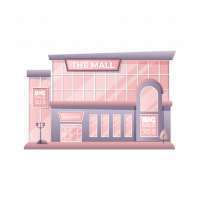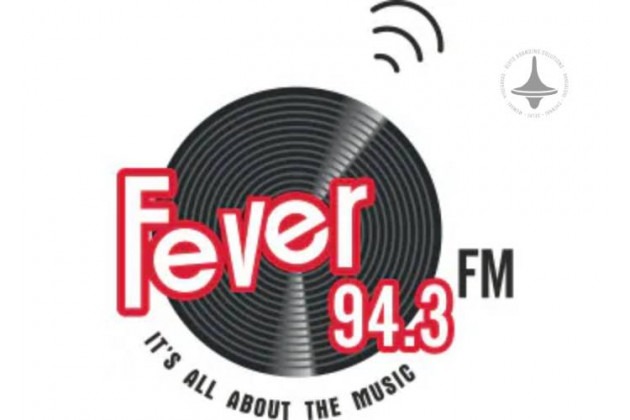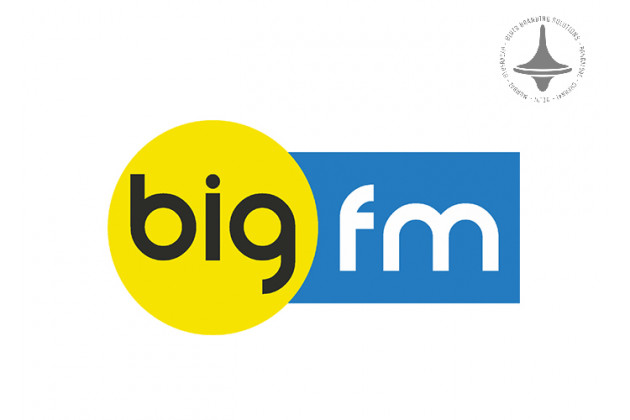How to Measure ROI in Mall Branding Campaigns Effectively (2025 Guide)

Introduction
As mall branding becomes more dynamic and data-driven in 2025, return on investment (ROI) is no longer a guess — it’s measurable. Whether you're investing in digital kiosks, banners, or immersive activations, it’s essential to understand how to track and prove the impact of your campaign. This article breaks down key strategies to measure and maximize ROI in mall branding.
1. Set Clear Campaign Goals Upfront
ROI is only meaningful if you’ve defined your objectives. Common mall branding goals include:
-
Increasing store footfall
-
Boosting product sales
-
Enhancing brand recall
-
Generating leads or app downloads
Set specific, time-bound KPIs to track success effectively.
2. Use Digital Display Analytics
Modern mall digital screens provide real-time data like:
-
Impressions (views)
-
Dwell time (how long someone looks)
-
Interaction rates (for touch/gesture screens)
-
Time-of-day performance
This helps compare creative effectiveness and optimize scheduling.
3. QR Codes and Mobile Integration
Placing QR codes on mall displays lets you:
-
Track scans and redemptions
-
Lead users to landing pages or coupons
-
Measure conversion directly from ad to action
This simple method creates a measurable engagement path.
4. Use Geo-Fencing and Location Data
Through mobile geofencing tools, you can:
-
See how many ad viewers visited your store
-
Track walk-in rates during the campaign window
-
Compare footfall before, during, and after the campaign
It’s a powerful way to link exposure to physical traffic.
5. Conduct Exit Surveys or Intercept Polls
Short surveys inside the mall can reveal:
-
Ad recall rates
-
Brand perception changes
-
Purchase intent
-
Promo awareness
This provides qualitative insight into campaign influence.
6. Monitor In-Store Sales Uplift
Compare sales data:
-
Before vs. after campaign
-
With vs. without mall exposure
-
Across stores with and without branding
A clear uplift during the campaign is a strong ROI indicator.
7. Track Social & Digital Uplift
A well-executed mall campaign can create online buzz. Monitor:
-
Social mentions or tags (from experiential displays)
-
Website traffic during campaign dates
-
Promo code usage online tied to mall campaign
This shows how offline drives online engagement.
8. Work with Malls for Performance Reports
Modern malls often provide advertisers with:
-
Heatmaps of foot traffic
-
Store visitation data
-
Campaign duration screen logs
Partner with the mall to get third-party performance metrics.
9. Calculate ROI Formula
Use this basic formula:
ROI (%) = [(Total Revenue – Campaign Cost) ÷ Campaign Cost] × 100
Track this across:
-
In-store sales
-
Online conversions
-
Lead generation or downloads
Conclusion
Mall branding isn’t just about visibility — it’s about tangible returns. By combining smart tech, mobile integration, and data-driven tracking, you can quantify your campaign’s impact and make smarter branding investments in the future.
Elyts Advertising and Branding Solutions: www.elyts.agency (UAE) | www.elyts.in (India)






















Leave a Comment